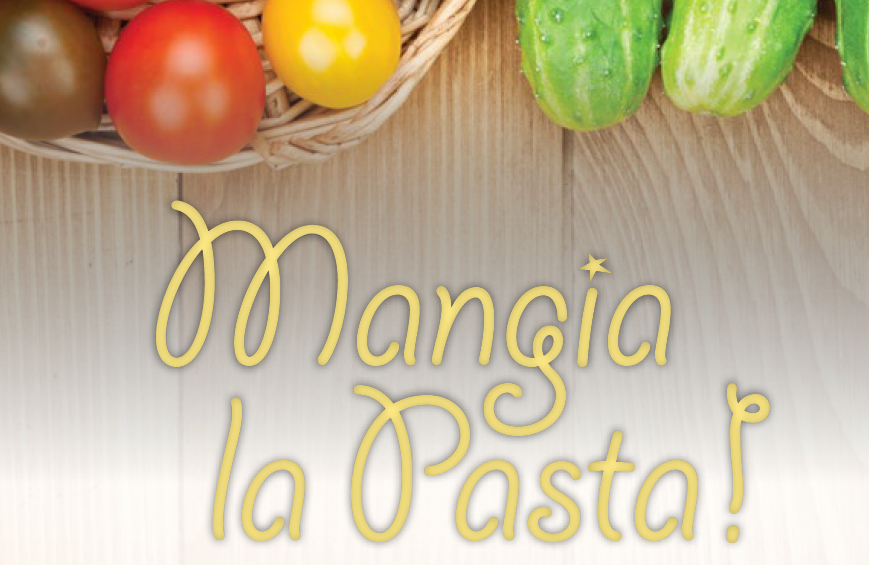Next time you visit Italy, think outside the pizza box. In North America, Italian cuisine is largely believed to be composed of five major food groups: Tomatoes, basil, bread, pasta, and cheese. But when you travel to Bell’ Italia, see for yourself what a wide variety of dishes and yes, even vegetables, make up Italian cuisine.

Of all the delicious things to eat in Italy, most important are the dishes you won’t find. Try ordering spaghetti and meatballs, fettuccine alfredo, or chicken parm, and you’ll be outed as a turista straightaway! Fettuccine and cream sauces certainly exist, but fettuccine alfredo doesn’t, and while eggplant is served alla parmigiana, chicken certainly isn’t. Sure, spaghetti al pomodoro (with tomato sauce) is available at many trattorias as a primo, or first course. But there are so many other options for your primo: all types of pasta (rigatoni, penne, bucatini, pappardelle, tagliatelle, and more), risotto, or gnocchi di patate take center stage as first course options. And while polpette (meatballs) are quite popular, especially with children, you’ll never find them atop a pile of spaghetti!
As a matter of fact, you’ll rarely find large quantities of meat combined with any sort of pasta. Meat dishes like chicken cacciatore, braciole, even meat-like dishes like eggplant parmigiana are typically served in the second course, or secondo, along with a contorno, or side dish. Here’s where the veggies come in: fagiolini (green beans), broccoli rabe, or chicory, a stringy and slightly spicy green vegetable, are all popular sides, along with roasted potatoes, yet another carb to propagate the Italian food stereotypes.
 Another misconception is that all Italian food is slathered with tomato sauce. As a matter of fact, up until the 18th century Italian food was devoid of tomatoes altogether, due to a belated arrival of the fruit from mesoamerica and the European misconception that it was poisonous. Thus many Italian dishes are sans tomato: saltimbocca, pasta alla pesto, cannellini bean bruschetta. The list goes on.
Another misconception is that all Italian food is slathered with tomato sauce. As a matter of fact, up until the 18th century Italian food was devoid of tomatoes altogether, due to a belated arrival of the fruit from mesoamerica and the European misconception that it was poisonous. Thus many Italian dishes are sans tomato: saltimbocca, pasta alla pesto, cannellini bean bruschetta. The list goes on.
Yet even more stereotype-busting variety can be found with every region, every city you visit in Italy. Visit Tuscany and try panzanella, white truffle pasta, and cantucci, small almond biscuits or biscotti. Travel to Genoa and try the pesto Genovese, traditional basil pesto, or farinata, a savory crepe made of chickpeas. Parma might not be much of a tourist destination, but it is the home of an Italian staple: Parmesan cheese, while Naples is home to everyone’s favorite: pizza! Neapolitan pizza is the traditional soft-crust variety typically topped with the regional buffalo mozzarella, but nearly every region has their own style: thin-crust pizza in Rome, thick-crust or stuffed pizza in Sicily. Even focaccia, another product of Genoa, is sometimes considered a type of pizza.
 The list goes on, as Italians have been cooking (and eating) for thousands of years. Yet ultimately, Italian food boils down to a few basic concepts: combine fresh vegetables, seafood, meat, pasta or rice with a little olive oil, a hint of garlic, oregano or basil, crushed red pepper, and just enough salt. Add bread, cheese, wine, fruit, dessert, coffee, a table full of friends and family, two hours of eating, talking with your hands, and of course, enough food to make you say basta la pasta (enough pasta). Then presto you have an authentic Italian meal. Buon appetito!
The list goes on, as Italians have been cooking (and eating) for thousands of years. Yet ultimately, Italian food boils down to a few basic concepts: combine fresh vegetables, seafood, meat, pasta or rice with a little olive oil, a hint of garlic, oregano or basil, crushed red pepper, and just enough salt. Add bread, cheese, wine, fruit, dessert, coffee, a table full of friends and family, two hours of eating, talking with your hands, and of course, enough food to make you say basta la pasta (enough pasta). Then presto you have an authentic Italian meal. Buon appetito!
Want to plan a trip to Italy? We can help!

